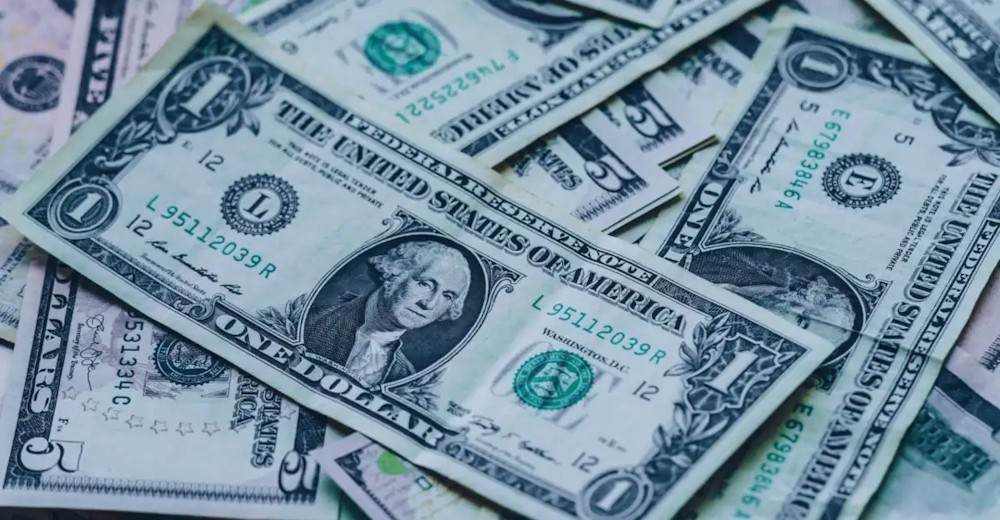
The risk aversion that swept through foreign-exchange markets in Asia on Wednesday largely faded by the European morning, as the safe-haven yen lost its gains and Antipodean currencies strengthened. The Swiss franc maintained its strength, while the U.S. dollar exhibited stability during the session, following a peak not seen since April 1 at the close of Tuesday’s trading. The risk-sensitive Australian dollar rebounded from a 0.5% decline to reach a multi-week low and was last seen slightly appreciating against the greenback. The New Zealand dollar experienced a rebound from a seven-month low following the release of the unemployment rate, which reached its highest level since 2016. It was last observed up by 0.3%. The New Zealand currency experienced a temporary decline, reaching a 12-year low against the Australian dollar. However, sterling faced challenges in gaining traction, remaining close to a seven-month low following British finance minister Rachel Reeves’ indication on Tuesday of potential broad tax increases in her upcoming budget later this month.
The risk-off sentiment that affected market overnight has permeated Asian equity markets, resulting in declines of up to 4.7% for Japan’s Nikkei and as much as 6.2% for South Korea’s KOSPI. U.S. losses were initiated by a technology-driven sell-off as concerns regarding inflated valuations escalated into a frantic exit strategy. “I’d argue that the best framing of yesterday’s trade is one of the market simply taking a bit of a pause for breath, as opposed to one where the tide is decisively turning against the bulls, who remain in overall control,” said Michael Brown. “In my analysis, dips continue to present buying opportunities.”
The yen experienced an increase of up to 0.5% at one stage, ultimately closing unchanged at 153.62 per dollar. The franc experienced a rise of 0.3% against the dollar at its peak, but ultimately settled at a 0.2% increase, standing at 0.8090 franc per dollar. The dollar index, which assesses the currency’s performance against the yen, franc, euro, sterling, and two additional counterparts, remained stable at 100.16, following a rise to 100.25 at the conclusion of Tuesday’s trading session. The dollar has received backing from safe-haven flows and a reduction in expectations for imminent Federal Reserve interest rate cuts, reflecting significant divisions among Fed board members regarding the appropriate policy direction.
Investors and policymakers are facing a historically prolonged government shutdown, which has significantly disrupted the availability of macroeconomic data. This has directed significant attention towards the private ADP payrolls scheduled for later on Wednesday. The dollar remained relatively stable at $1.1486 per euro, following a 0.3% increase in the previous session that brought it to a seven-month high. Sterling maintained its position at $1.3026 after experiencing a 0.9% decline on Tuesday. Bitcoin, the leading cryptocurrency, experienced a 1.5% increase, reaching approximately $101,800 after recovering from previous declines. The asset experienced a decline of 6.1% on Tuesday, falling below the $99,000 mark for the first time since June 22.
